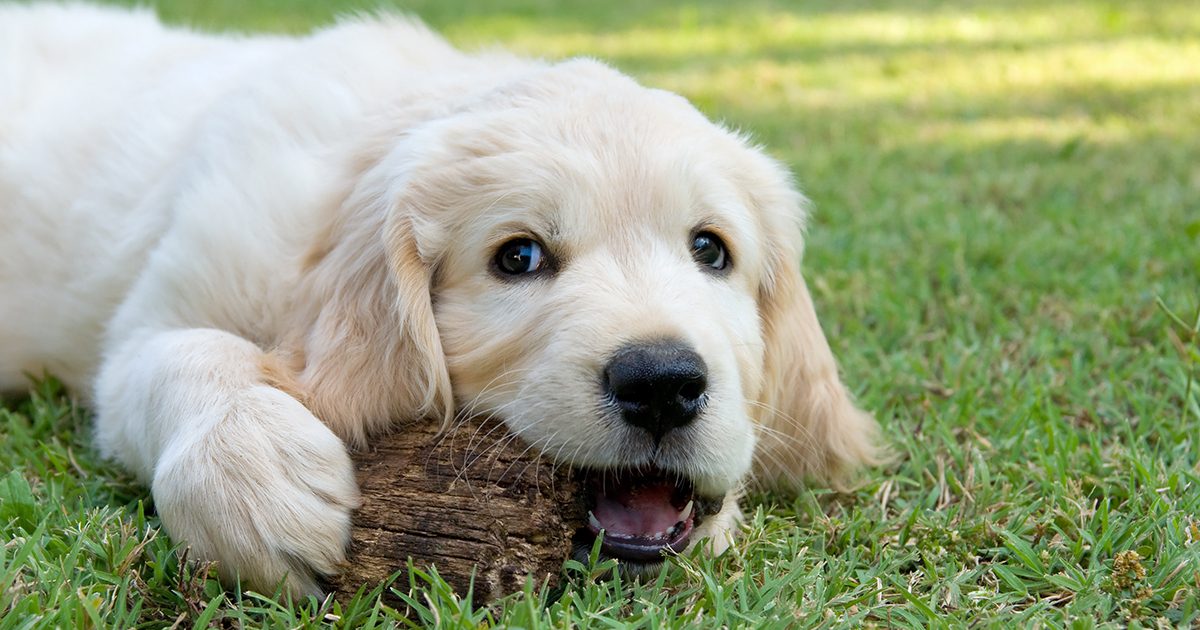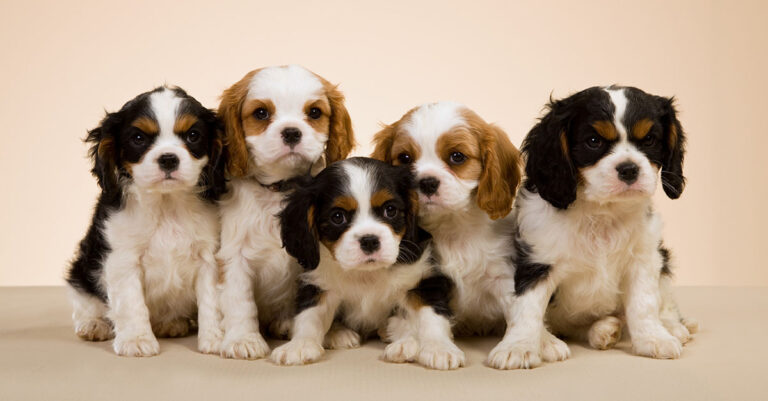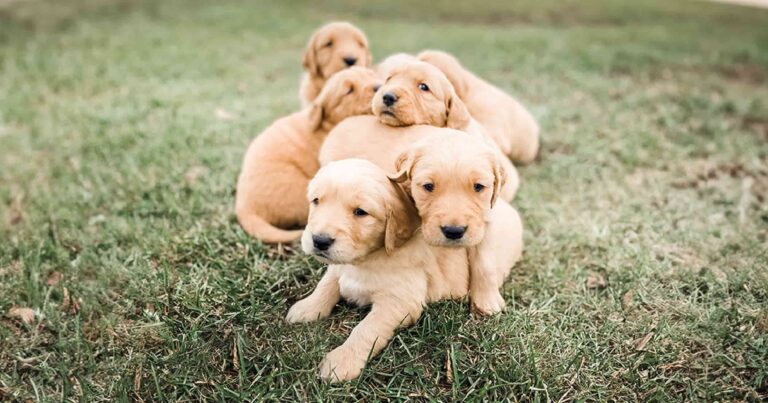If your puppy is starting to look a little awkward (hello long legs and little body) and suddenly doesn’t understand what “sit” means, they’ve probably reached their adolescent stage. This puppy teenage phase can be a challenging period of your dog’s life and will probably last longer than you think. We’ve helped you with what to expect the first week after bringing a puppy home and when to start training a puppy, and now we’ve got some tips on what you can expect during puppy adolescence — as well as some advice on getting through it!
When Is Puppy Adolescence?
The adolescent stage for young dogs depends on their breed and size, but it typically starts around 6 months and ends when your dog reaches adulthood. For some large dog breeds, adulthood may not be until around 18 to 24 months.
The dog teenage phase begins when your puppy is becoming sexually mature (i.e., they’re going through the puppy equivalent of human puberty). If you have a female puppy who isn’t spayed, she will typically have her first “heat” sometime after 5 to 6 months of age, depending on their breed and the individual puppy. Signs that your female dog is “in season” include vulva swelling and discharge, and licking their genital area. Male puppies start becoming capable of reproducing between 6 to 12 months, again depending on the breed and the puppy. Male puppy puberty signs include mounting, lifting their leg to urinate, behavioral changes and becoming more interested in female dogs.
Dog Adolescence Means It’s Time to Consider Spaying or Neutering
Around six months of age (the start of adolescence) is the typical time that smaller breed puppies are spayed or neutered. However, if your puppy is a larger breed you may want to wait a little longer. The best time for surgery depends on many factors including breed, behavior and environment, so if you are considering having your puppy spayed or neutered, talk with your veterinarian about the best plan for your puppy.
Canine Adventures Await for Teenage Dogs
One of the first changes you’ll probably notice during your dog’s teenage phase is a shift in their behavior. Your little puppy that never left your side is now ready to explore the world — and do it by themselves. You’ll notice that your teenage dog is more confident and independent now and is willing to push boundaries (and your patience).
Adolescent Dogs: “Training? What Training?”
You may find that your star obedience student drops to the bottom of the class during their adolescent period. Training your puppy during their rebellious teenage phase can be difficult, as they have increased energy and are frequently distracted. Asking your puppy to “come” may now earn a defiant look and result in your pup running in the opposite direction. But don’t give up. Make sure you revisit puppy recall training and any other commands that your puppy has “forgotten.” It’s important to continue training your teenage dog, particularly in distracting environments, so they will become a star pupil again and a well-behaved adult dog.
Is Dog Teenage Phase Aggression a Real Thing?
A dog’s adolescence brings with it many hormonal changes that can contribute to even a well-socialized pup becoming a complete mess, especially around other dogs. Teenage dogs can be more reactive to dogs they don’t know and may bark or growl at them. They may also be scared of things now that they didn’t used to be and react to them.
If your teenage dog is reacting to other dogs, it’s important that you don’t stop socializing them. Continued socialization is important so they don’t lose these important skills going into adulthood. However, you may need to socialize them in ways that are more controlled (e.g., on a leash) than running around a dog park.
If your teenage dog is showing aggression toward people or is hurting other dogs, it’s important to consult a certified professional dog trainer or your veterinarian for advice. These are not behaviors you want them to continue as an adult dog. Also, keep in mind that even if your dog is generally not reactive, when pushed to the edge, any dog can become aggressive or bite no matter their age, breed or size.
Bored Teenage Dog = Bad Teenage Dog
Two of the most important things to do to keep your young dog happy (and out of trouble) during adolescence are plenty of physical exercise and mental stimulation. They have energy to burn and they need your help to burn it. This might mean longer walks, increased play time and lots of mentally stimulating toys. Playdates with other dogs can also burn off some of that excess energy. Giving your adolescent puppy challenging toys (e.g., puzzle toys filled with treats or kibble) is especially important when they are left alone, so you don’t come back to a mess from a bored and energetic puppy.
Fuel Adolescent Dog Energy with Puppy Food
Even though your teen dog’s appetite is going to get bigger and bigger, it’s still important to keep feeding them puppy food until they are done growing. A puppy’s dietary requirements are different from that of an adult dog, and large breed puppies have different requirements compared to smaller breed puppies.
While your puppy is still growing, they need food with a high energy content (calories), and they need more amino acids and minerals than adult dogs do. Large breed puppies can develop skeletal problems if their growth rate is too rapid, so a food specifically designed for large breed puppies typically has less fat and energy than regular puppy food while providing appropriate levels of calcium and phosphorus.
Pups can also benefit from increased omega fatty acids, particularly DHA, for brain and vision development. The age that a puppy stops growing depends on their breed, so check with your veterinarian on when to switch your puppy to adult food.
Adolescent dogs can be a real handful for pet parents, which is why they are one of the most common age groups surrendered to shelters. If you are having problems with your teen dog, ask your veterinarian, an animal behaviorist or a certified dog trainer for help on how to manage their behavior.








